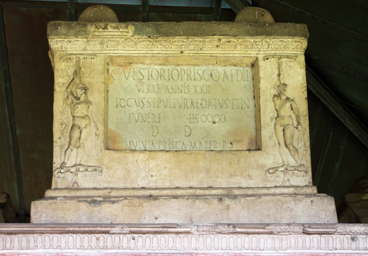Step 6 - Tomb of Vestorius Priscus

The young aedile Gaius Vestorio Prisco died at twenty-two, perhaps during his magistracy. The burial place and two thousand sesterces for the funeral were granted by the decurions, the urban authorities. The tomb was erected by his mother Mulvia at her own expense.
The public munificence
"Mem Acc. Napol." II, 1913, pp. 179-201.
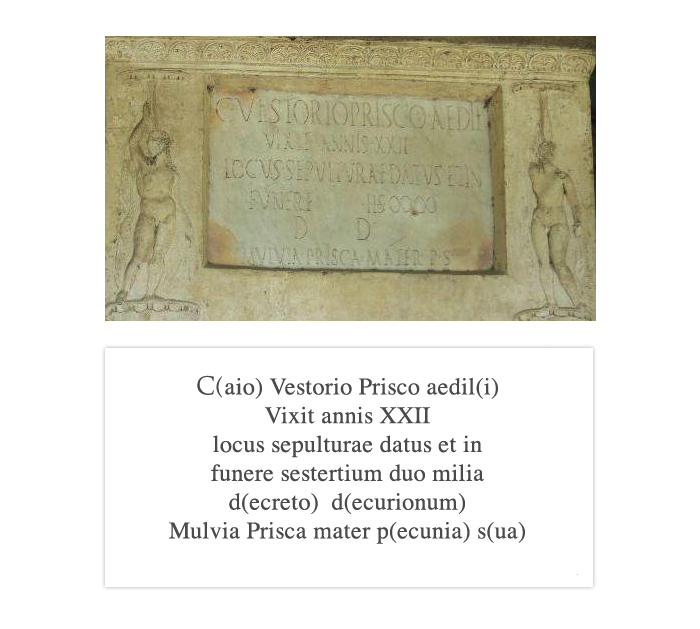
To Gaius Vestorius Priscus, aedile. He lived 22 years. His burial place was granted along with two thousand sestertii for his funeral by decree of the decurions.
Mulvia Prisca his mother arranged it at her own expense.
Comment
The inscription placed on the funerary monument of Vestorius Priscus is an exquisite example of the interaction that took place between public and private in the tribute of honours to eminent people. In this case the death of a young magistrate, an aedile, who probably died during the year of his office is publicly honored by the citizenry via a resolution of the civic council with the granting of public ground and a sum of two thousand sestertii for the funeral. At the expense of the mother of the deceased, or with private family money, the funeral monument was erected in which the valuable paintings recall the funerary banquet celebrated in memory of the aedile.
Read more
The law assigned a strip of 100 feet, approx. 33 metres, all around the outside of the city walls to the public domain. It is in this space that funerary monuments were often found for people who had received public funerary honors, in that they had performed public roles or were thought well-deserving by the citizenry.
In this case a young magistrate, who died at the beginning of his political career, was honored. The magistrates were elected annually and formed an executive collegiate body made up of two major magistrates, the duoviri iure dicundo, similar to mayors, who officially represented the city and administrated civil justice while criminal justice was reserved for the magistrate of Rome. There were also two minor magistrates, the aediles, who were like councilors responsible for the maintenance of the roads and public buildings, food administrations and services. On finishing the year in office, magistrates remained life members of the Municipal Council, the Ordo Decurionum, a deliberative body which represented the continuation of the citizen�s political life. The duoviri elected at the end of each five-year period also received censorial power which allowed them to investigate the existence of the census and morality requirements of all the decurions.
The citizens with the right to vote directly elected the members of the executive who received from this honors and benefits in addition to the status of elders, but in exchange they were required to organize games or public works at their expense and to pay all the expenses for the functioning of the municipal administrative system during their year in office.
Site location
Necropoli fuori Porta Vesuvio
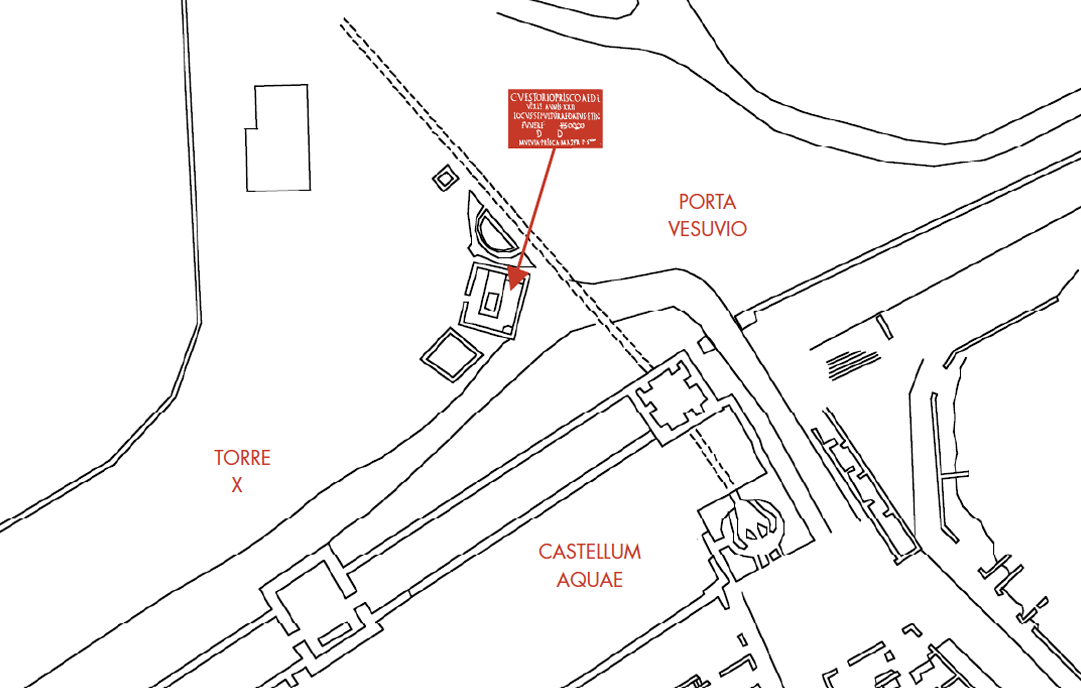
Visibility
- Tomb of Vestorius Priscusaccessible
- Outside Vesuvius Gateaccessible
- Inscriptionvisible
Related Content
-
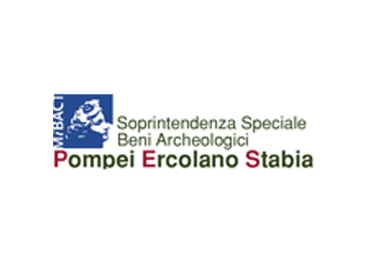
Special Superintendence for the Archaeological Heritage of Pompeii, Herculaneum and Stabiae official site
-
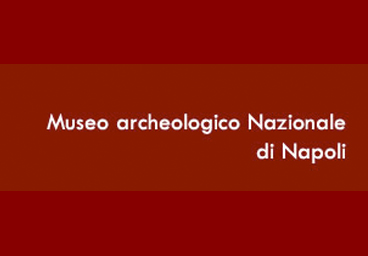
Naples National Archaeological Museum official site
-
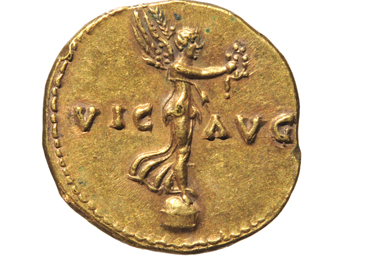
Italian Numismatic Portal, Virtual showcases of the Archaeological Museum of Naples Coin and Medal Collection
-
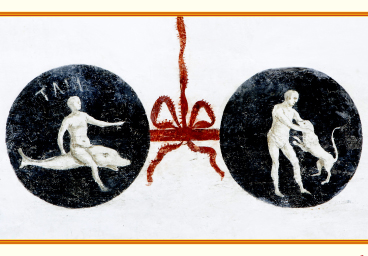
Italian Numismatic Portal, Notiziario n. 1-2013. Archaeological Museum of Naples Coin and Medal Collection
-
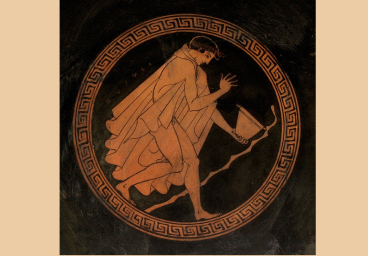
Italian Numismatic Portal, Notiziario n. 2-2013. Archaeological Museum of Naples Coin and Medal Collection
-
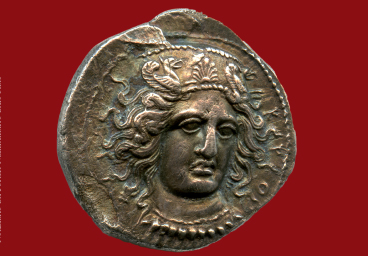
Italian Numismatic Portal, Notiziario n. 5-2014. Superintendence for the Archaeological Heritage of Naples, Archaeological Museum of Naples Coin and Medal Collection



